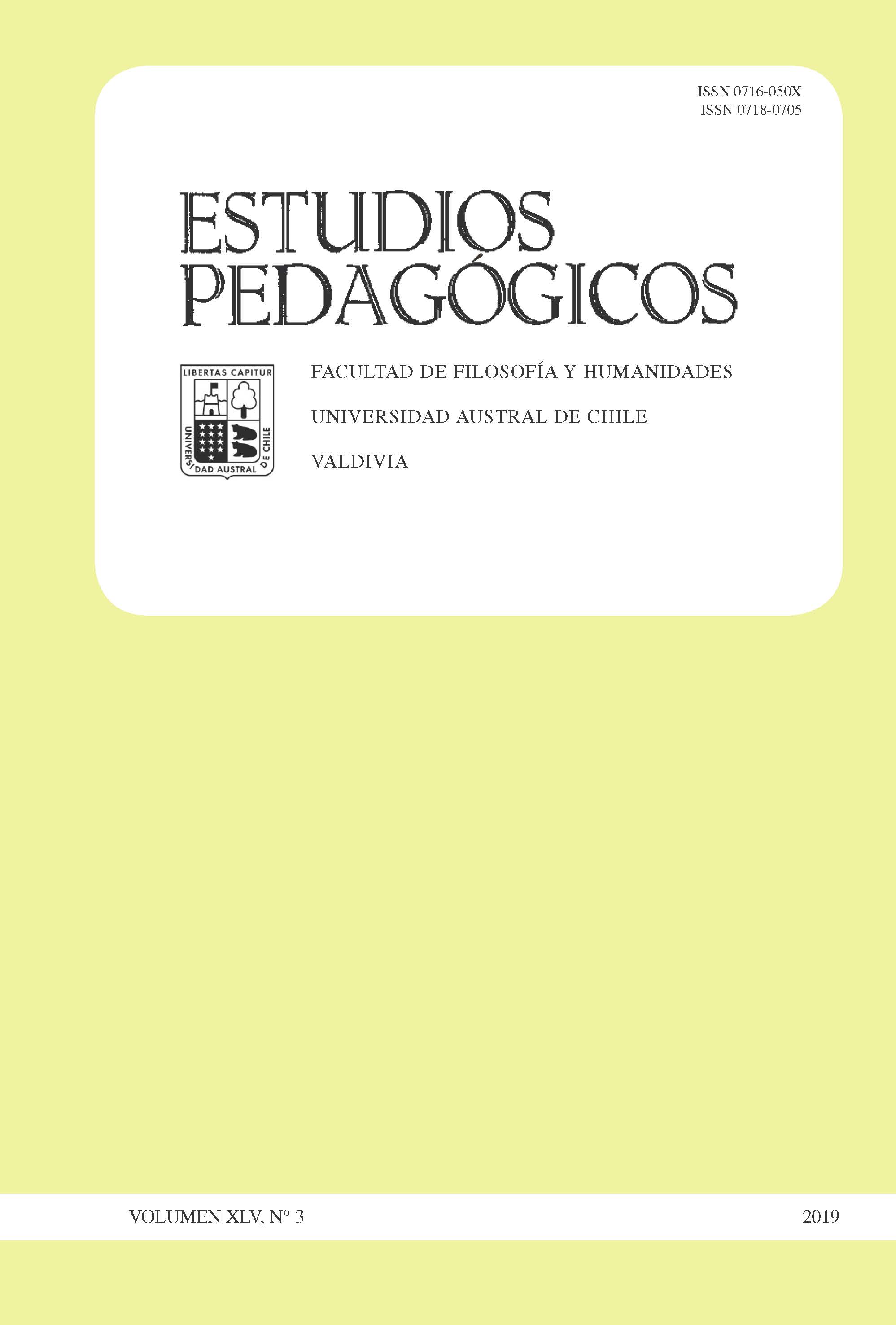The school as a space for the recognition of the cultural heritage of children who have migrated
Main Article Content
Abstract
Children whose families have migrated are introduced into dominant cultural forms, without giving them the opportunity to contribute their own, ignoring the contribution they could make in promoting schools that are more inclusive. From this perspective, the work aims to: (1) analyze the concept of cultural heritage by problematizing the different rationales that underlie its understanding in the educational field; (2) provide elements of reflection on identity and recognition from education in cultural heritage and (3) propose lines of action for work on cultural heritage in schools. To meet these objectives, we conducted a literature review of specialized literature. The results highlighted the role of “cultural bearers” in identifying the cultural heritage of migrant children, the need to train teachers in skills that allow them to interpret intercultural learning contexts and the need to create bridges between themselves and others, and between the common and the different to favor practices that are more inclusive.

